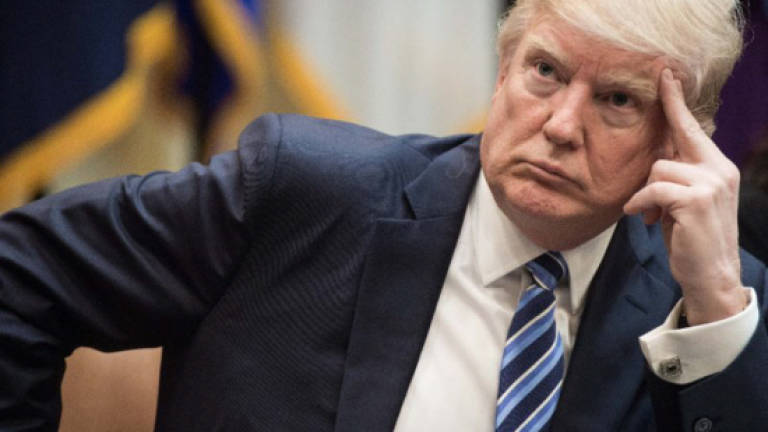Who wins, who loses in US Republican health care plan

WASHINGTON: The Republican plan to ditch "Obamacare" and implement new reforms to the US health care system would leave millions of Americans without insurance. Its effect would vary depending on people's age, income and employment.
Under the new plan, according to the Congressional Budget Office (CBO), the number of uninsured will grow by 14 million in 2018, and by 2026 to 24 million more than the number projected to be living without insurance under the current Affordable Care Act.
"In the academic community, people were surprised at how high the figures were," Colleen Carey, an economics professor at Cornell University and an expert in health care regulation, told AFP. Next year's loss is "huge," she said.
Some people will benefit should the plan, backed by President Donald Trump, become law, while others will lose out.
Employees
About half of Americans are covered through their employer, often at relatively reasonable rates. The Republican reform should not affect them, although CBO projects that under the new law some employers may see incentives to stop offering insurance to their workers.
The elderly
Americans aged 65 and older are the other major group protected from any volatile changes in the reform. Since the 1960s they have benefited from the public health care program for the elderly known as Medicare. The Republican plan leaves Medicare untouched.
The poor
Those most affected by the plan will be the beneficiaries of Medicaid, the public insurance program for the poor and people with disabilities, created in the 1960s and expanded in 2010 under the reforms implemented by then-president Barack Obama. As of last December, Medicaid covered some 69 million Americans.
Medicaid has historically covered low-income children and their parents, with eligibility varying from state to state, and Obamacare extended coverage to adults earning up to 138% of the poverty level. The US poverty level is set at US$12,060 (Rm54,000) per year per individual.
The Republican plan rolls this expansion back in 2020, a move that would deny Medicaid coverage to millions of working poor.
It would also limit federal aid to US states, which co-manage Medicaid and may be forced to restrict eligibility criteria or coverage.
The CBO projected that by 2026, of the 24 million additional people who would be uninsured, 14 million would have been covered under Medicaid's expansion.
The individual market
Acquiring affordable coverage for people who do not receive insurance from their employer, Medicaid or Medicare is the longstanding challenge of the US health care system.
Some have part-time jobs or are employees of small businesses that do not provide coverage. Others are self-employed or entrepreneurs. Approximately 50 million people fall into this broad category, according to Carey.
Obamacare provided need-based financial assistance for these individuals to purchase coverage on the private health insurance market.
Those subsidies made it possible to limit the amount people paid for health coverage to a reasonable percentage of their income.
The Republican plan provides refundable tax credits, but in many cases the amount of assistance is sharply reduced.
At the same time, it allows private insurers greater variation of insurance premiums, according to people's age.
On average, by 2020 these insurance premiums would decrease by 10% compared to Obamacare, according to CBO.
This figure hides a large disparity. The impact is most dramatic on older Americans under age 65, especially in rural areas where health care costs more than in cities.
A single person age 64 and earning US$26,500 a year would see their annual out-of-pocket insurance costs spike to US$14,600, compared to $1,700 under Obamacare.
By comparison, a 21-year-old would see his or her costs drop under the new plan.
"The worst type of person to be is over 50, in a rural part of the country, who is relatively low-income," said Carey, the Cornell professor.
"The best type of person to be is someone young, urban and making, say, US$70,000" per year. — AFP